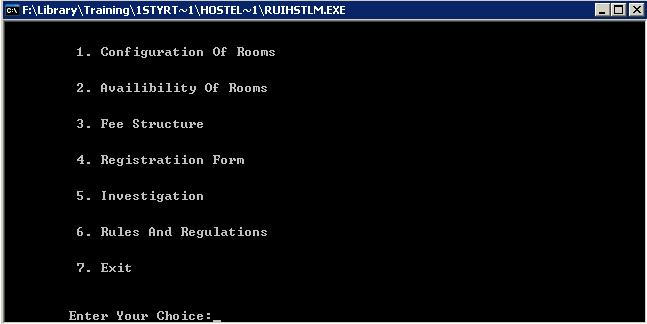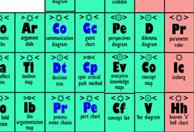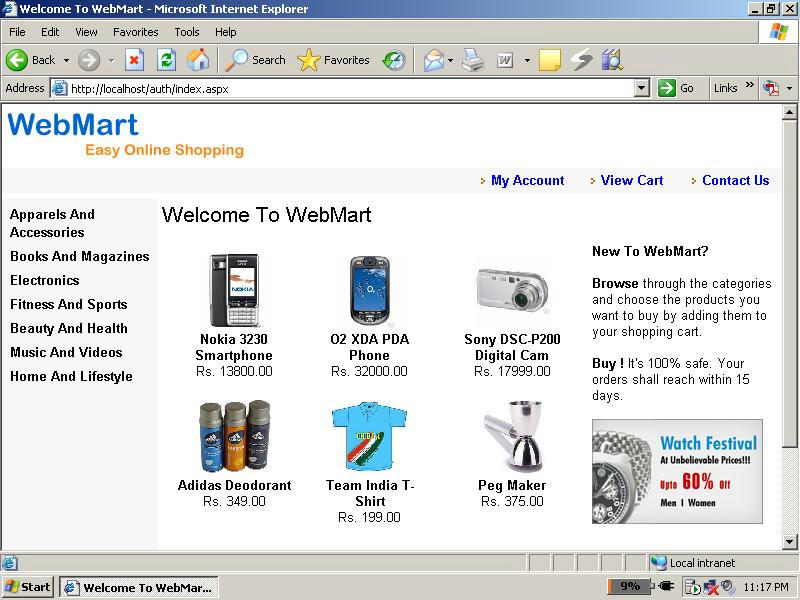Carriage return means to return to the
beginning of the current line without advancing downward. The name
comes from a printer's carriage, as monitors were rare when the name was
coined. This is commonly escaped as "\r", abbreviated CR, and has
ASCII value 13 or 0xD.
Linefeed means to advance downward to the next line; however, it has been repurposed and renamed. Used as "newline", it terminates lines (commonly confused with separating lines). This is commonly escaped as "\n", abbreviated LF or NL, and has ASCII value 10 or 0xA. CRLF (but not CRNL) is used for the pair "\r\n".
Form feed means advance downward to the next "page". It was commonly used as page separators, but now is also used as section separators. (It's uncommonly used in source code to divide logically independent functions or groups of functions.) Text editors can use this character when you "insert a page break". This is commonly escaped as "\f", abbreviated FF, and has ASCII value 12 or 0xC.
As control characters, they may be interpreted in various ways.
The most common difference (and probably the only one worth worrying about) is lines end with CRLF on Windows, NL on Unix-likes, and CR on older Macs (I believe the situation has changed somewhat with OS X to be more like Unix). Note the shift in meaning from LF to NL, for the exact same character, gives the differences between Windows and Unix. (Windows is, of course, newer than Unix, so it didn't adopt this semantic shift. I don't know the history of Macs using CR.) Many text editors can read files in any of these three formats and convert between them, but not all utilities can.
Form feed is a bit more interesting (even though less commonly used directly), and with the usual definition of page separator, it can only come between lines (e.g. after the newline sequence of NL, CRLF, or CR) or at the start or end of the file.
<br>
Linefeed means to advance downward to the next line; however, it has been repurposed and renamed. Used as "newline", it terminates lines (commonly confused with separating lines). This is commonly escaped as "\n", abbreviated LF or NL, and has ASCII value 10 or 0xA. CRLF (but not CRNL) is used for the pair "\r\n".
Form feed means advance downward to the next "page". It was commonly used as page separators, but now is also used as section separators. (It's uncommonly used in source code to divide logically independent functions or groups of functions.) Text editors can use this character when you "insert a page break". This is commonly escaped as "\f", abbreviated FF, and has ASCII value 12 or 0xC.
As control characters, they may be interpreted in various ways.
The most common difference (and probably the only one worth worrying about) is lines end with CRLF on Windows, NL on Unix-likes, and CR on older Macs (I believe the situation has changed somewhat with OS X to be more like Unix). Note the shift in meaning from LF to NL, for the exact same character, gives the differences between Windows and Unix. (Windows is, of course, newer than Unix, so it didn't adopt this semantic shift. I don't know the history of Macs using CR.) Many text editors can read files in any of these three formats and convert between them, but not all utilities can.
Form feed is a bit more interesting (even though less commonly used directly), and with the usual definition of page separator, it can only come between lines (e.g. after the newline sequence of NL, CRLF, or CR) or at the start or end of the file.
<br>
Assuming you mean this:
So
However, you shouldn't use this in a JTextArea and println will work fine with just
Edit now that I've seen the code and your comment
In your situation. I think you should use your own constant -
public static String newLine = System.getProperty("line.separator");
newLine is environment agnostic \r isn't.So
newLine will give you \r\n on windows but \n on another environment.However, you shouldn't use this in a JTextArea and println will work fine with just
\n on windows.Edit now that I've seen the code and your comment
In your situation. I think you should use your own constant -
\r\n File f = new File(strFileGenLoc);
BufferedWriter bw = new BufferedWriter(new FileWriter(f, false));
rs = stmt.executeQuery("select * from jpdata");
while ( rs.next() ) {
bw.write(rs.getString(1)==null? "":rs.getString(1));
bw.write("\\r\\n");
}


